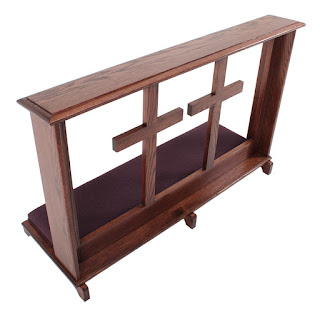Few can deny the natural beauty of true wood-crafted
furniture. Even if made from the same species of wood, each piece is unique,
with its own fingerprint of markings. When produced properly, a quality piece
of wood furniture can last for decades or longer, as long as proper care is
taken throughout its life.
Cleaning
Some popular household products on the market claim to clean
wood furniture, but you must be careful to avoid harsh chemicals that might
hurt the wood finish. Always start small and as gentle as possible. Very
slightly dampen a soft, cotton cloth and apply one drop of mild dishwashing
detergent and apply it to a small, inconspicuous place on the furniture. Rinse
well and immediately dry with a separate, dry cotton cloth. If the finish still
looks healthy, you can try a mild solution of dish detergent and water to the
entire surface. Rinse the solution and dry quickly.
For tough stains and grime, try applying mineral spirits to
a cotton cloth, wipe in a circular motion until the dirt is removed, lightly
rinse and dry quickly. Only use pure mineral spirits and not products that
contain mineral spirits along with other ingredients.
Never use any wood product that is in an aerosol can. The
silicone contained in these products will damage your wood furniture over time.
Protecting
As a natural product, wood behaves in certain ways in
different environments. It expands in heat, contracts in cold, and does not
thrive in harsh conditions, such as high levels of humidity. The first step in
protecting your wood furniture is to keep it in an environment with consistent
temperatures that are comfortable to humans and low in humidity.
To further protect
wood furniture, more effort is necessary. The application of safe waxes and
polishes can help protect the furniture from changes in temperature and
moisture levels. As varnished wood expands from being exposed to heat, it will
eventually crack. Cracks allow moisture to settle into the wood, which can lead
to further cracking, splitting and even warping. It’s recommended that you
apply a reputable wood furniture wax twice a year to help protect against these
conditions.
In addition to heat and moisture, bright sunlight can damage
your wood furniture over time. If your wood furniture is in the path of direct
sunlight on a regular basis, consider using window blinds or window coverings
of a moderate to heavy thickness during these hours of the day.
These few simple steps are not time consuming and will not
strain your finances, yet will help keep your wood furniture looking its best
for years to come.



















